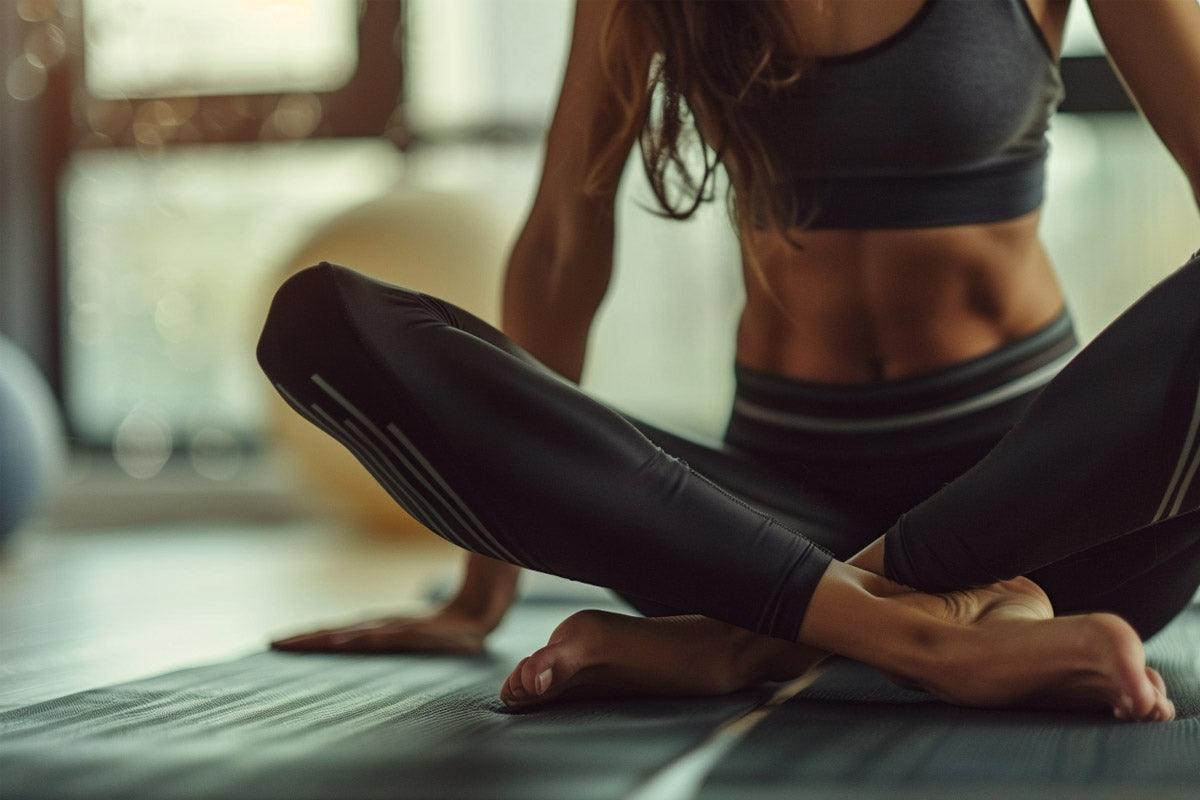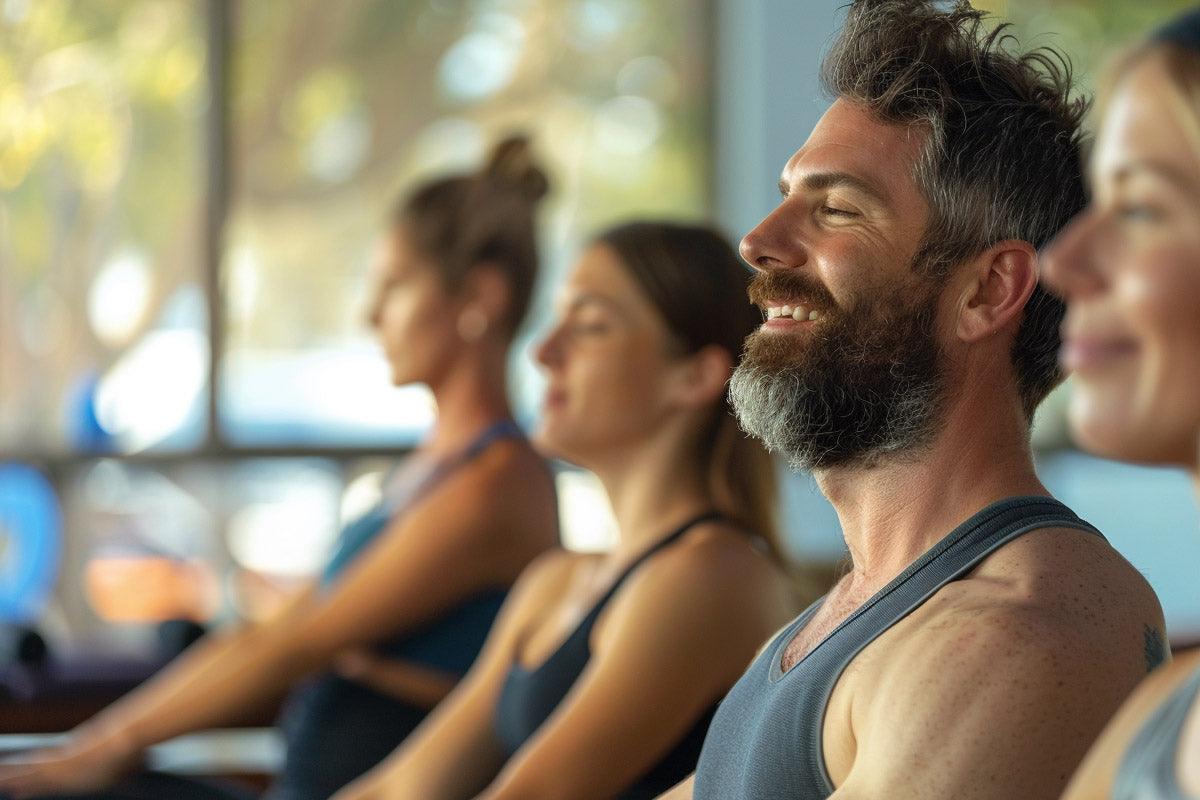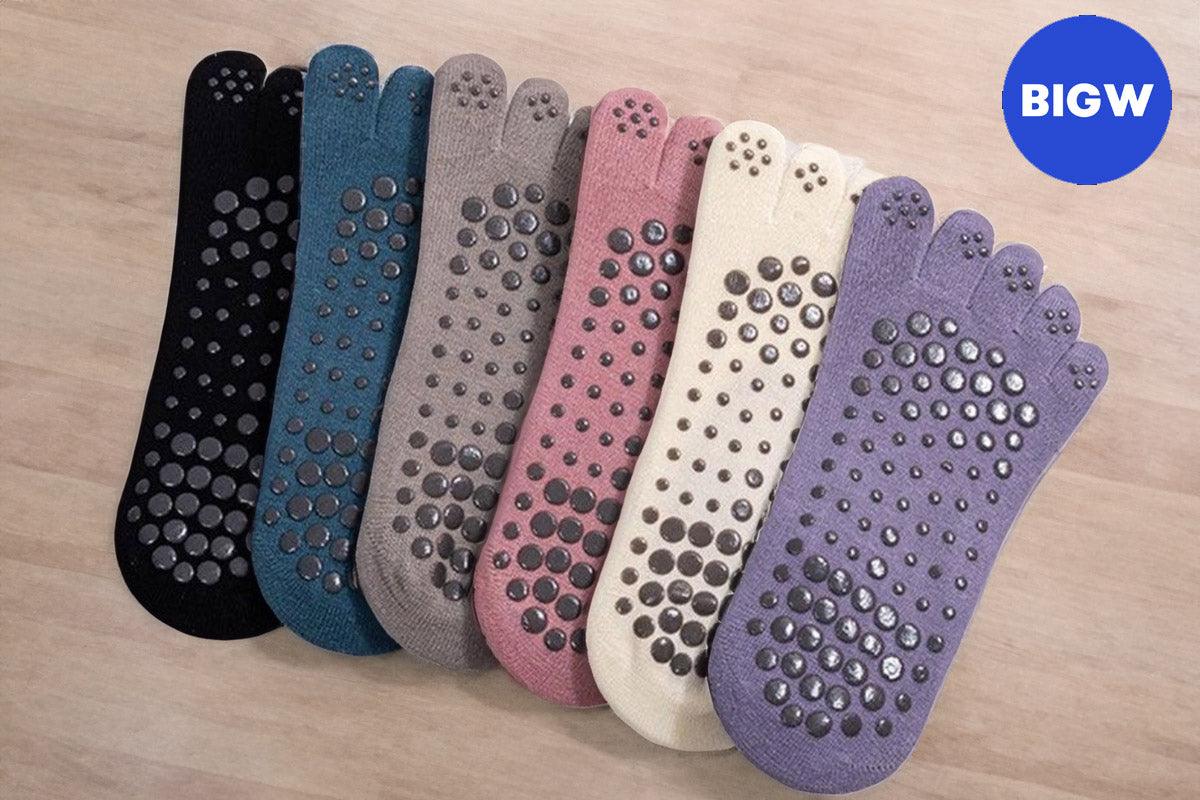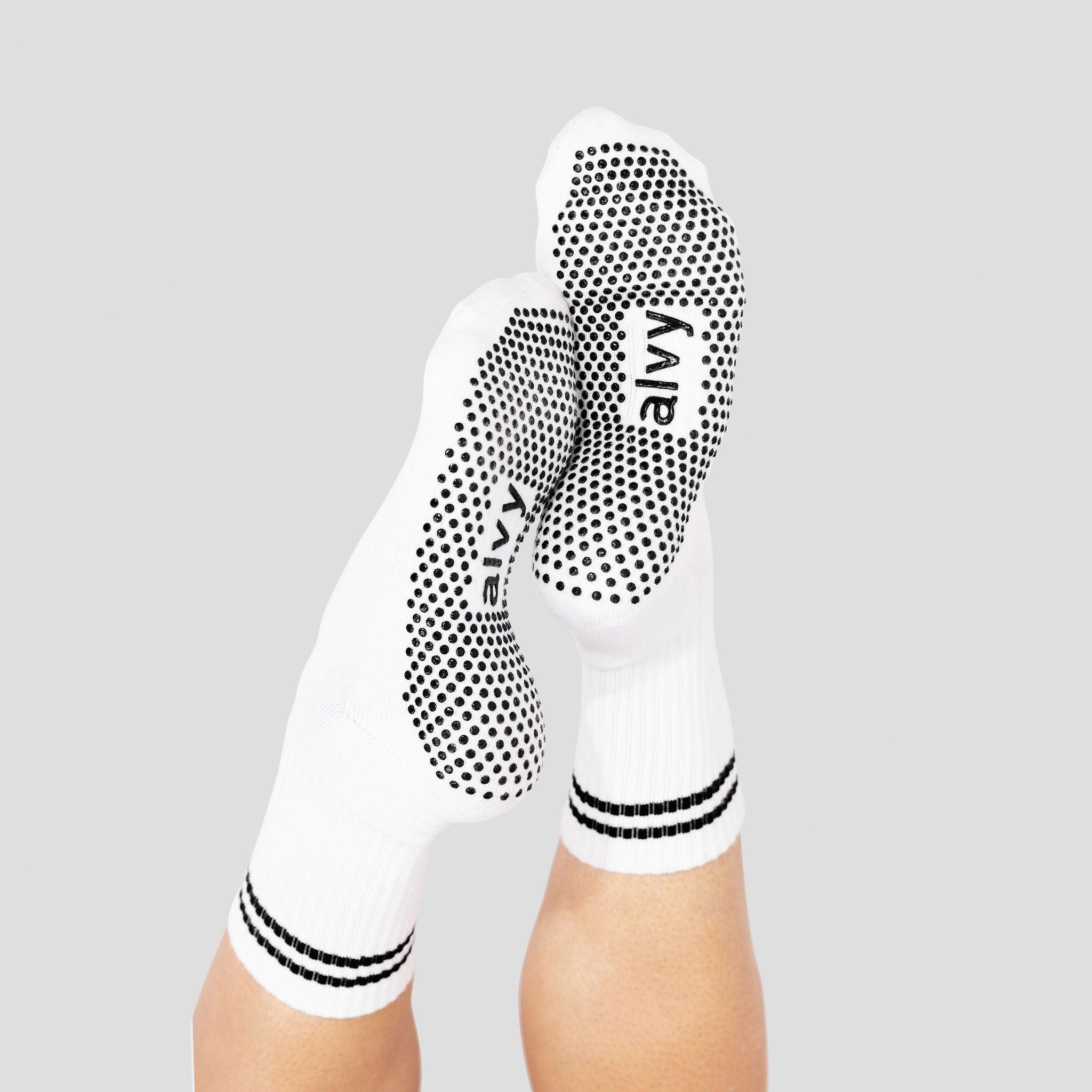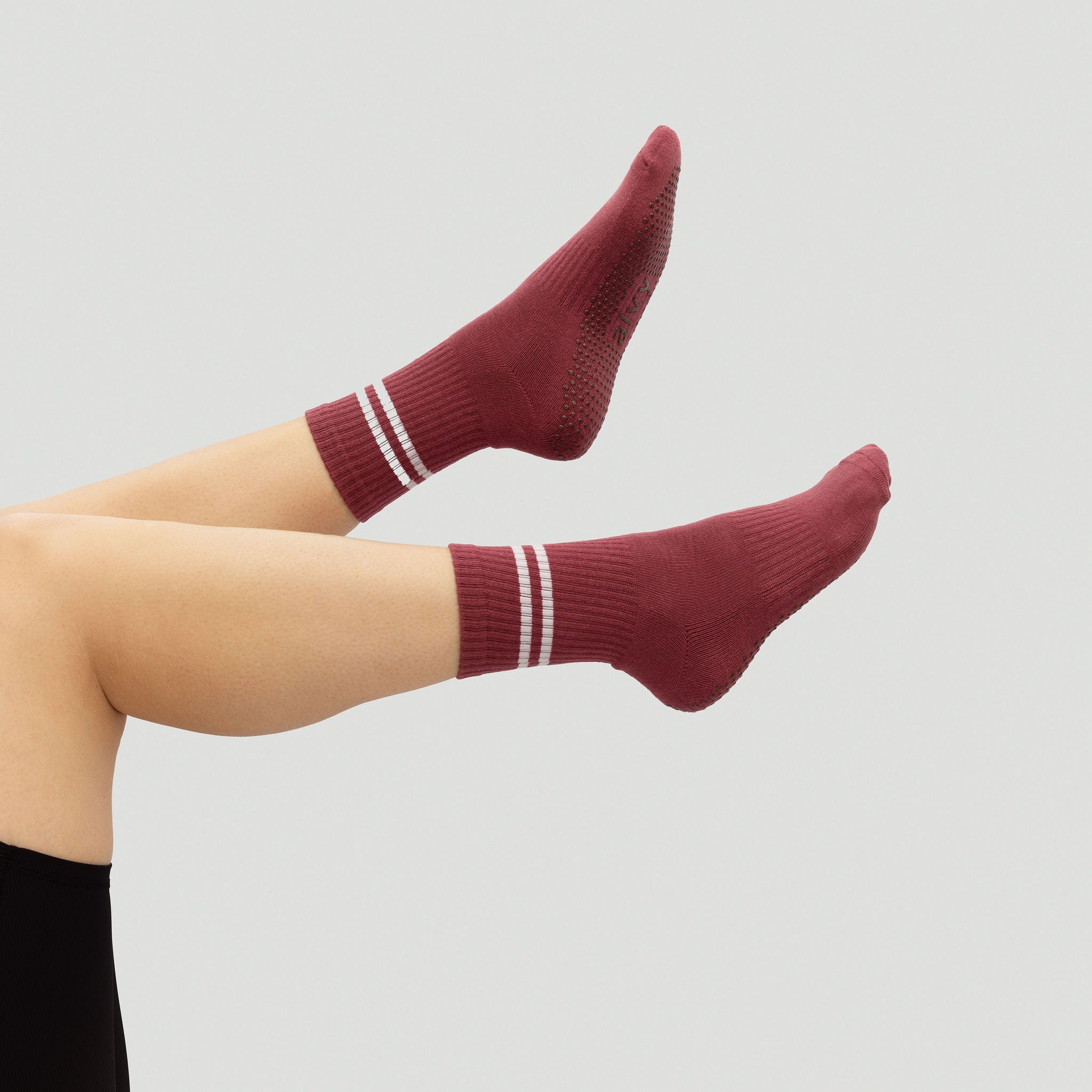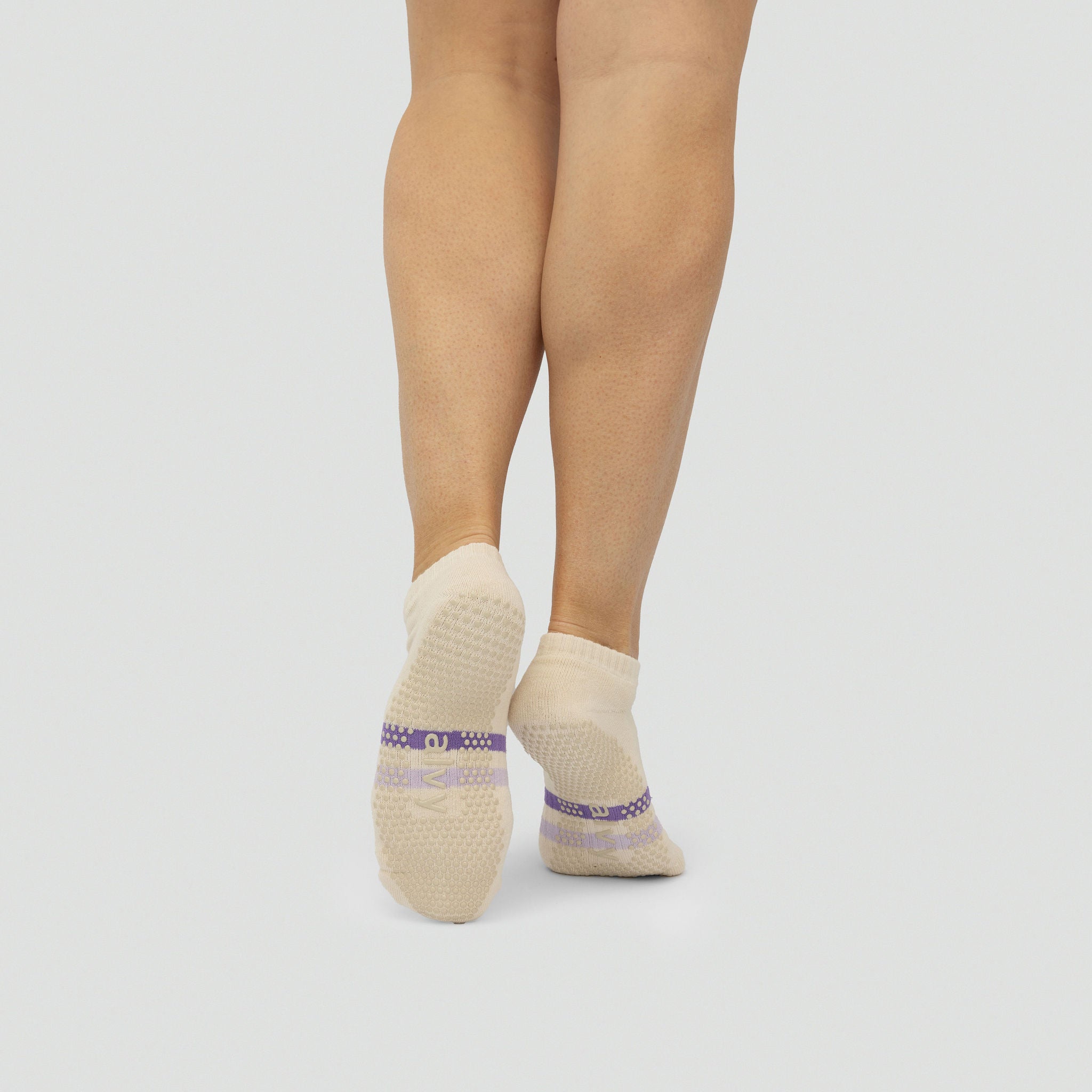People starting Pilates often have unrealistic expectations of when they want to see results. Someone who rushes through exercises is often someone who wants results quicker - but this is not how Pilates works.
Key Takeaways:
- Physical results will come if you’re consistent and stick to your Pilates schedule.
- Visible changes to your body might come after two months if you go to three to four classes per week.
- The first improvement is often how you feel after a workout where a sense of relation and calmness is common.
The Time It Takes To See Results From Pilates
Everyone is different, but assuming you go to Pilates 3 to 4 times a week, you should start seeing improvements to your exercise performance within two weeks, better muscle definition and posture within four weeks, and visible changes to your body after six weeks, provided your diet is good.
Noticeable changes to your body take longer because it takes time for your muscles to get accustomed to Pilates exercises. If you don’t have a good diet or your form during Pilates is not where it should be, results will likely take longer to see.
Shop our crew grip socks, best-sellers, and bundles.

Estimated Timeframes For Different Results
Feeling great
The first week of starting Pilates will be challenging, particularly if your core strength and flexibility are weak. You won’t be able to perform the exercises as the instructor (or video screen) describes them, and that’s okay because there will be easier alternatives offered.
You will feel refreshed after each session. And feeling great after each workout will become a regular occurrence.
An important aspect of this is to let go of any other life stresses you might be thinking of and focus on the Pilates at hand. Concentrate on your breathing rhythms and take advantage of the pre- and post-stretching routines. These will ensure you feel great after each session.
Posture improvements
Improvements to your posture will start to become noticeable after a month. However, it depends on how many classes you attend each week. If you can only afford two weekly sessions, you might be more patient if posture is your focus area. This is because your muscles need more time to adapt and strengthen.
Flexibility
Improvements to flexibility are an aspect that is highly variable from person to person. In my experience, the range of motion in my back and hip flexors greatly improved after doing reformer Pilates exercises four times a week for two months.
Visible changes to your body
Positive changes to your body result from doing Pilates for an extended period and in conjunction with a healthy lifestyle. This includes having a proper diet and doing other exercises or strength training.
Although Pilates is great for muscle toning and core strength, it isn’t particularly good at helping people lose weight. If you have a bad diet, then you can’t expect to have the body you want in a short amount of time.
The Changes You Should See
Here is some inspiration. After doing Pilates, several changes to your body can potentially be seen.
Improved muscle tone
One of the first improvements to your body is better-shaped and toned muscles in the arms, legs, and core. You may observe increased prominence in your abdominal muscles and a more sculpted and lean appearance in your arms and legs.
Better posture
Pilates helps improve posture because all of it focuses on strengthening your core and other major muscle groups. After a couple of months, there will be a noticeable difference.
Like me, you will find that you can stand and sit up straight for longer. Not only is this a physical benefit but a mental one too since you will feel more confident about yourself.
Increased flexibility
While flexibility itself isn't always visible, the ease and grace with which you move can be noticeable. You might move more fluidly and with a greater range of motion, which can be apparent in your daily activities and physical appearance.
A leaner physique…just a bit
Pilates assists in developing lean muscle mass and can help with decreasing body fat. This can lead to a more slender, sleeker look. You might observe that your clothing fits more comfortably and that you achieve a more harmonious and proportional body contour.
Defined abs
Pilates strongly emphasises the core, which can lead to a more sculpted and firm midsection. This involves noticeable transformations in the abdominal region, resulting in more prominent and toned muscles.
Toned arms and legs
Pilates exercises often involve using body weight and resistance to work on arm and leg muscles. Over time, this can lead to more defined and toned arms and legs with visible muscle definition. A good example is exercises focusing solely on the triceps (the bottom muscle of the upper arm).
A balanced body
This is one of the unrealised physical benefits of Pilates.
Let’s say you play a sport, for example, tennis or badminton, and one side of your body is stronger than the other. A lot of Pilates exercises are extremely useful in strengthening the weaker side. After a month or so, you should start to feel your body balance out and on-court performance improvements realised.
Radiant Skin
While not a direct result of muscle toning, the improved circulation from regular Pilates can enhance your skin's appearance. Better blood flow delivers more oxygen and nutrients to your skin, giving it a healthier, more radiant glow.
Setting Realistic Expectations
Starting a Pilates journey brings excitement, but it's important to establish achievable goals to ensure continued progress and fulfillment. Here are my thoughts on setting realistic expectations.
- Understand the timeline. Pilates is a gentle yet powerful form of exercise. You may notice some benefits after a few sessions, but it will take several weeks to months to see significant changes in strength, flexibility, and body tone. Instead of expecting an overnight transformation, focus on consistency and the results will come.
- Set achievable goals. Start with achievable, small goals. Concentrate on enhancing your posture, boosting your flexibility, or perfecting a specific exercise. As you advance, you can establish more challenging goals.
- Listen to your body. Every individual has a unique response to physical activity. Be mindful of your body's signals and refrain from pushing yourself excessively early on. Acknowledge your boundaries and progressively elevate the difficulty of your exercise sessions.
- Track your progress. Keep a journal or take photos to track your progress over time. This can help you see subtle changes you might not notice daily and motivate you.
- Be patient. Real, sustainable change takes time. Celebrate small victories, such as improved balance or increased flexibility, and understand that visible changes like muscle tone may take longer.
- Stay consistent. Regular practice is key to seeing results in Pilates. Aim to incorporate Pilates into your routine at least two to three times a week. Consistency will yield better results than sporadic, intense sessions.
Pilates is not just about physical benefits but also enhances mental well-being. Enjoy the process of learning and improving, and appreciate the mind-body connection that Pilates brings.

